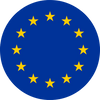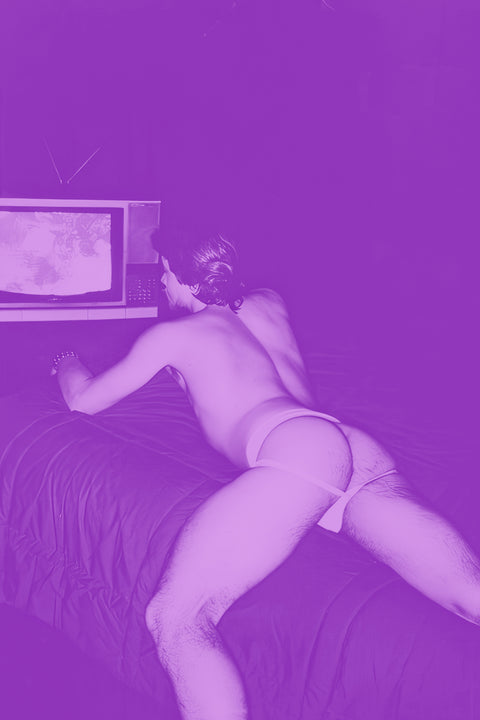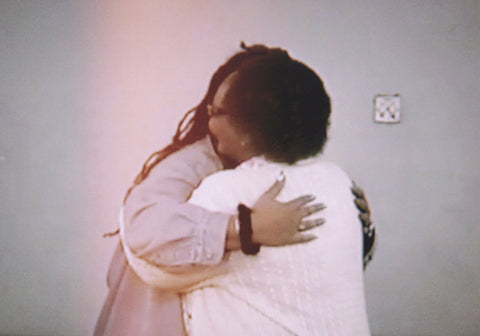
Join us to celebrate the expansive work of Petra Blaisse and her renowned studio Inside Outside and mark the launch of their new retrospective Art Applied, a kaleidoscopic view of their work across interior, exhibition, and landscape design over the course of more than three decades. Petra Blaisse and Inside Outside partners Jana Crepon and Aura Luz Melis will be in conversation with architectural historian Wouter Vanstiphout. This event is part of the Rotterdam Architecture Month programme.
RSVP here
Friday 14 June
19:00 – 20:30 CEST
Nieuwe Instituut
Museumpark 25
3015 CB Rotterdam
Netherlands
About Art Applied
Rather than working solely on static buildings, Inside Outside design environments across a huge variety of scales, from expansive urban landscapes to intimate domestic spaces defined by soft textile walls. The resulting spaces defy conventional classification. This comprehensive survey encompasses renowned projects including the recently completed Taipei Performing Arts Center; the Kunsthal Rotterdam; Biblioteca degli Alberi in Milan, a park spanning almost ten hectares; and LocHal Library in Tilburg, a vast factory repurposed using an architecture of semi-translucent curtains. It also presents revelatory unrealised projects and explores the studio’s many collaborations, including the rich body of work produced with OMA since the late 1980s.
Opening with a collection of incisive thematic essays, this volume presents detailed accounts of projects from 1985 to the present day, accompanied by personal accounts by Petra Blaisse, partners Jana Crepon and Aura Luz Melis, and members of their team. The studio’s diverse methods and distinctive forms of expression are reflected in the book itself, whose language spans cartoonish production manuals, technical drawings, collage, photography, and scientific plant studies, over almost 900 pages. Art Applied suggests countless means of intervention and inhabitation, encouraging us to strive restlessly for new ways of seeing our built environment.
Find out more here





